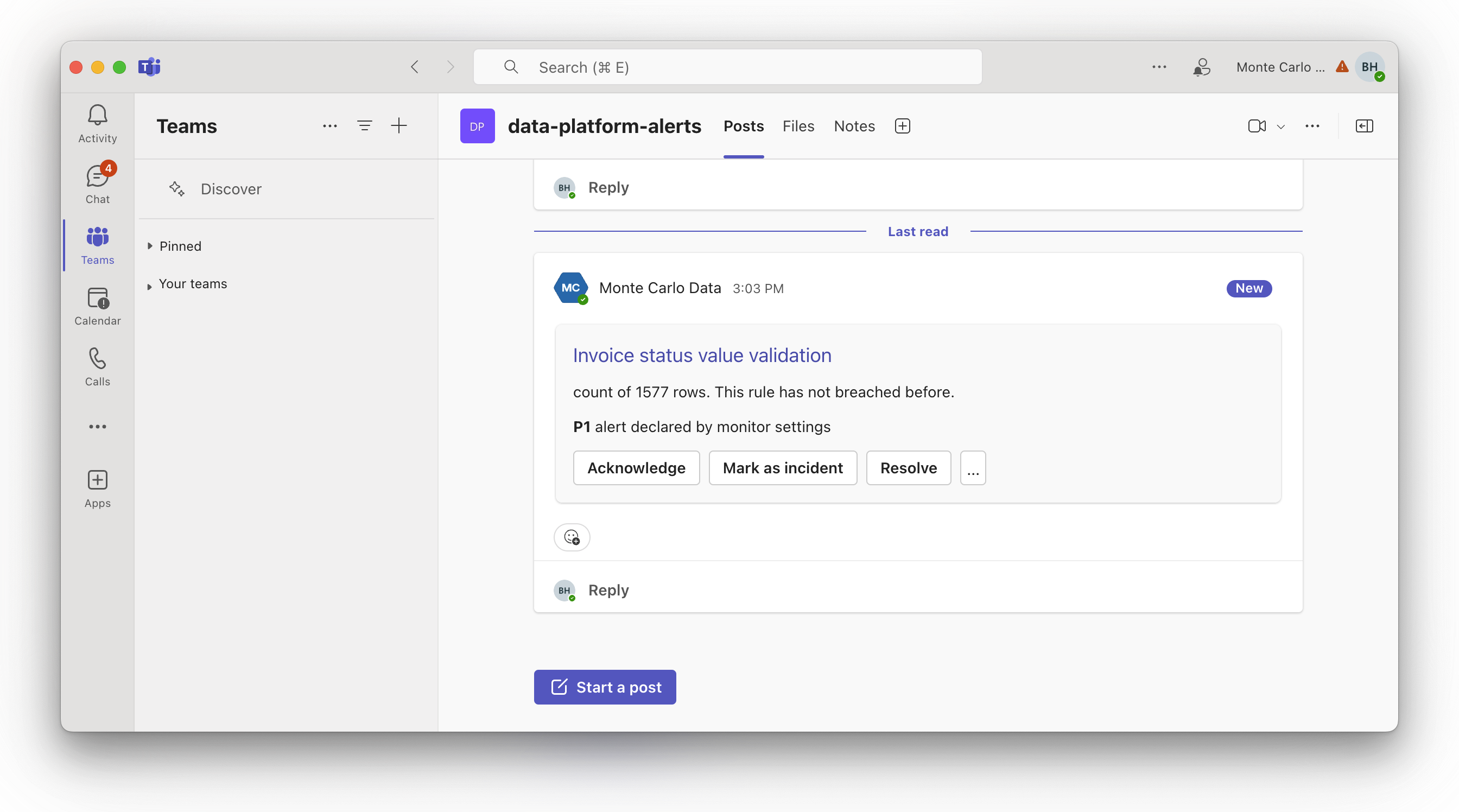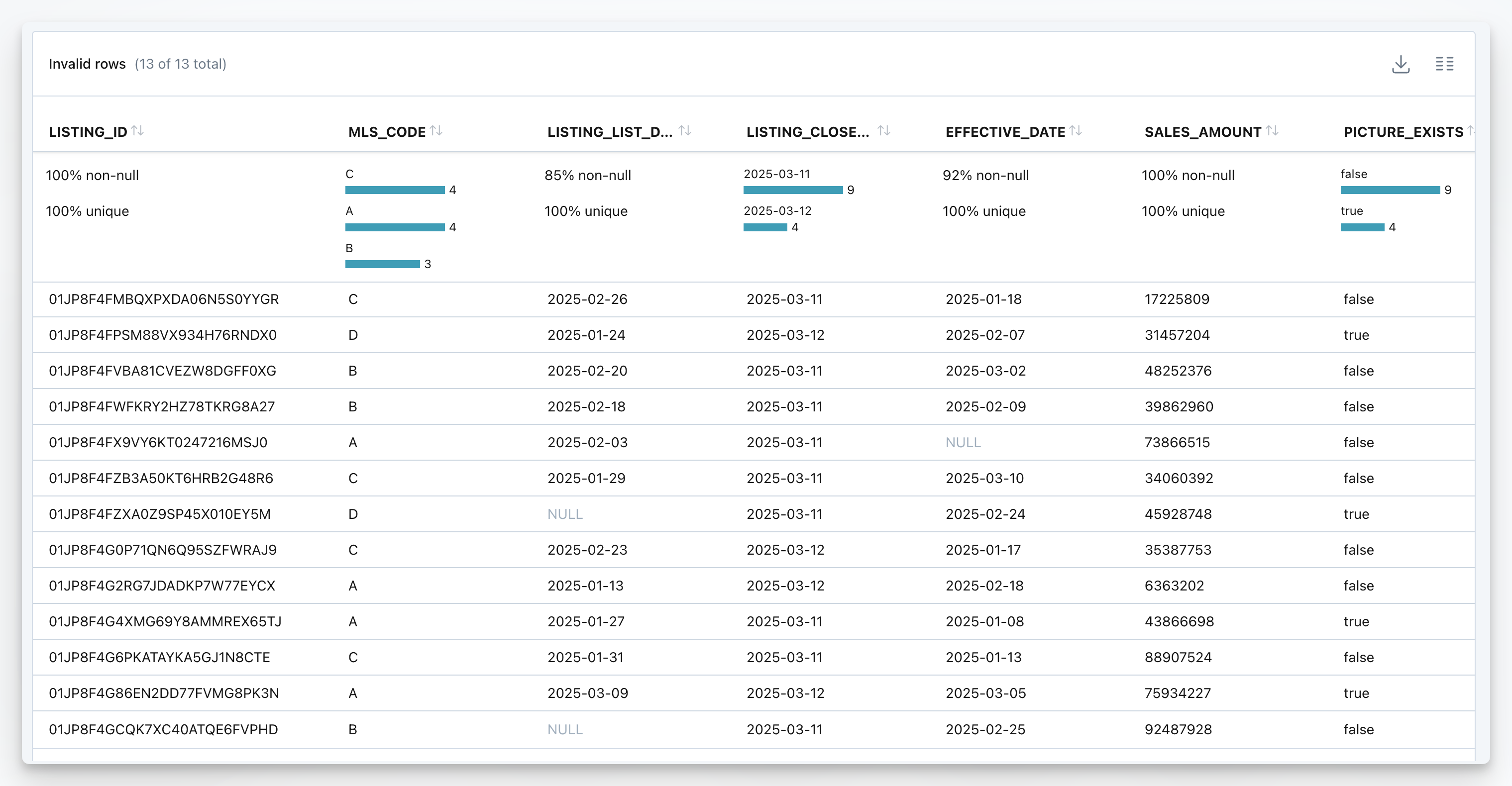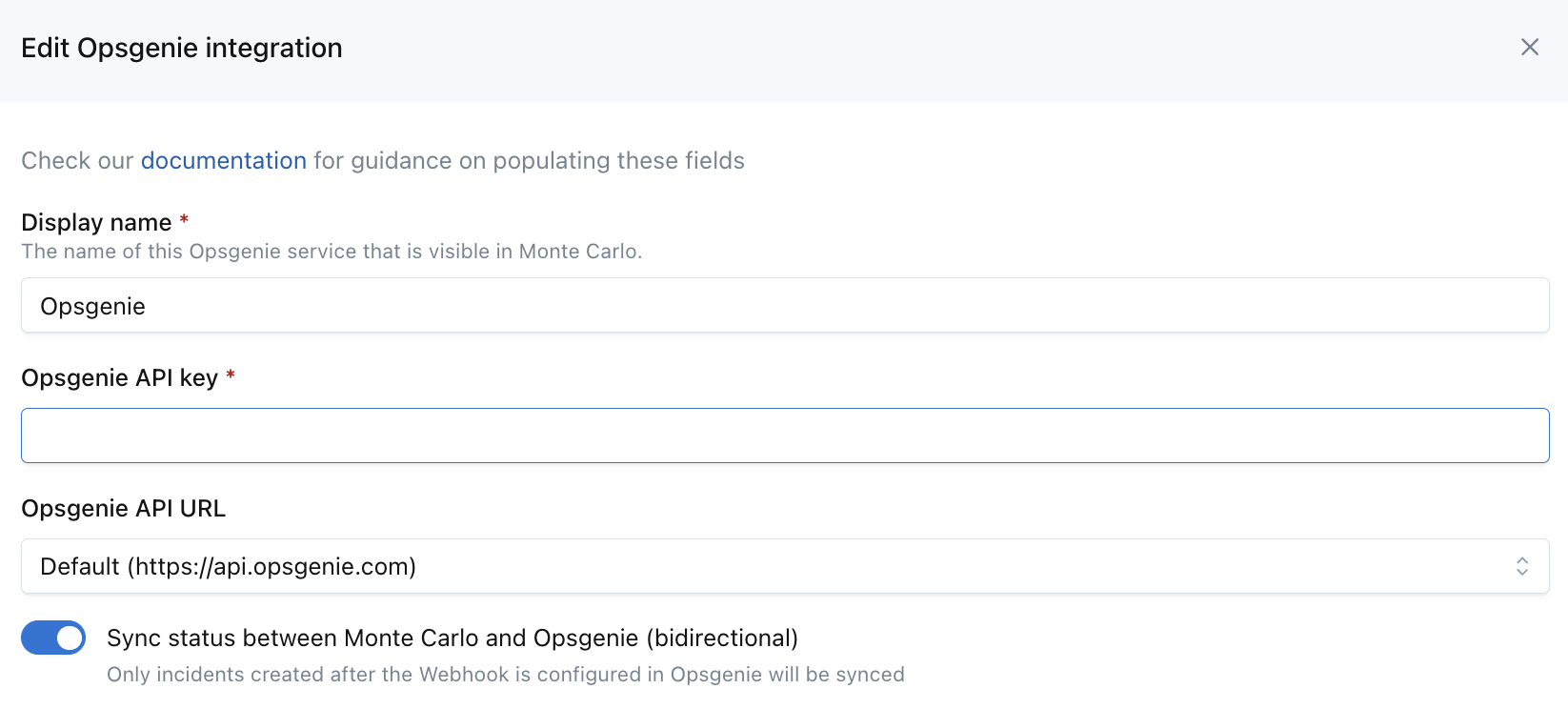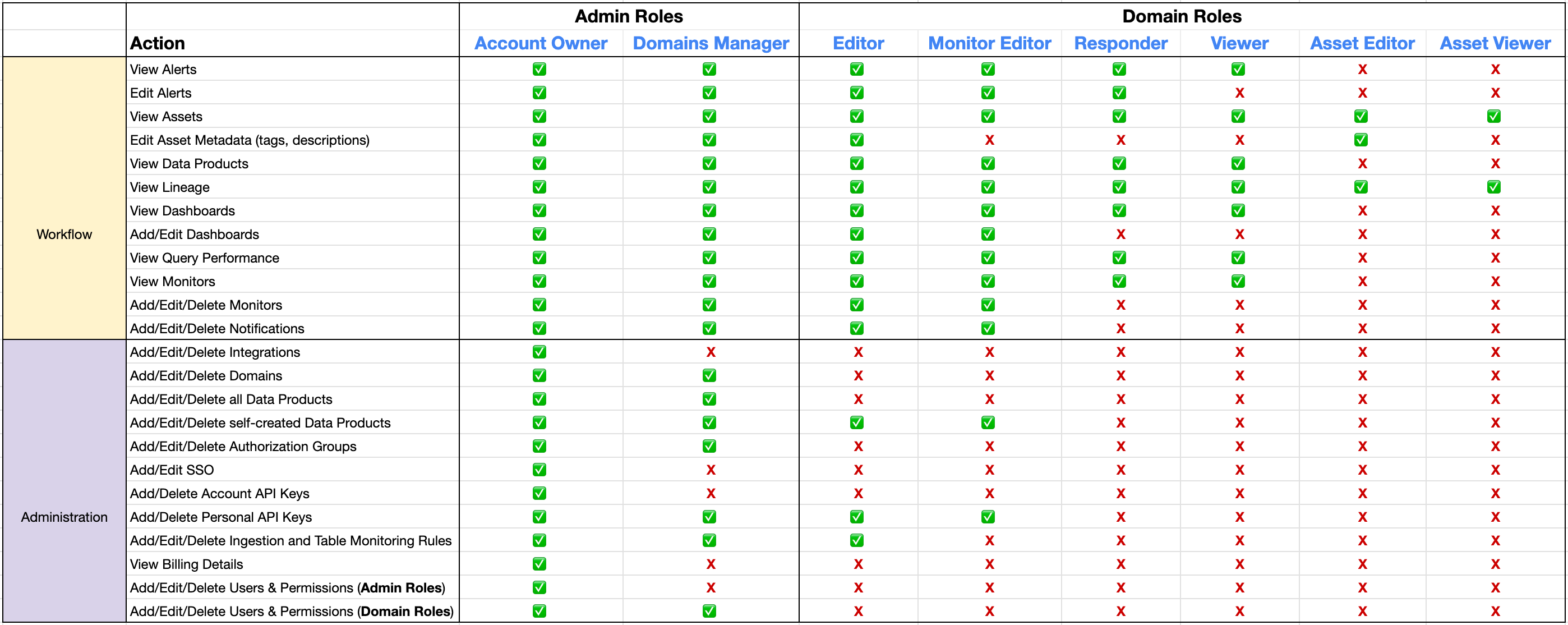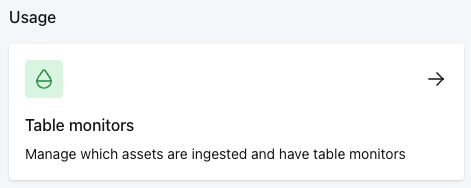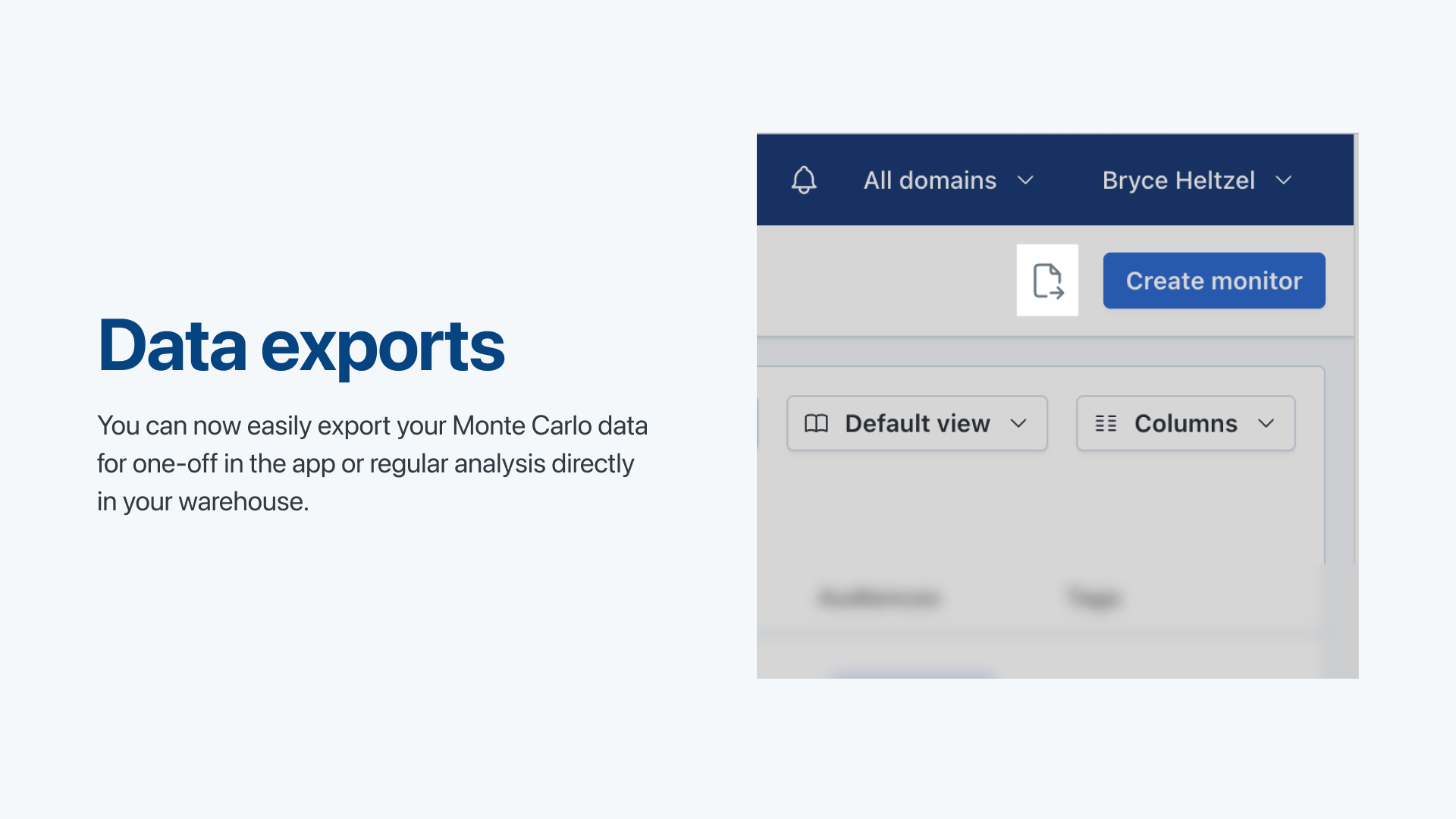
We’re excited to share that we are evolving our legacy “insights” reports into a new, richer Data Exports product.
Originally launched as an experimental way to surface metadata insights, the legacy insights reports have grown misaligned with how our customers think about and interact with Monte Carlo. Over time, customers have shared that the current insights are difficult to use, hard to map to their mental model of Monte Carlo, and are missing key fields.
That’s why we’re transitioning to a new data exports that:
- Makes critical Monte Carlo objects—Monitors, Alerts, and Assets—exportable in clean, consistent formats
- Simplified and reliable exports that mirror what you see in Monte Carlo
- Accessible to download directly from the relevant pages in the UI
See more information in our data exports documentation.
We're sunsetting the legacy insights. Here's what to expect:
- The Insights tab will be removed from the UI
- The “Monitored Tables” insight has been moved to Settings → Table monitors
- Full deprecation will be July 1, 2025. If you have concerns about losing specific insight reports, please reach out to your customer success manager or [email protected]





